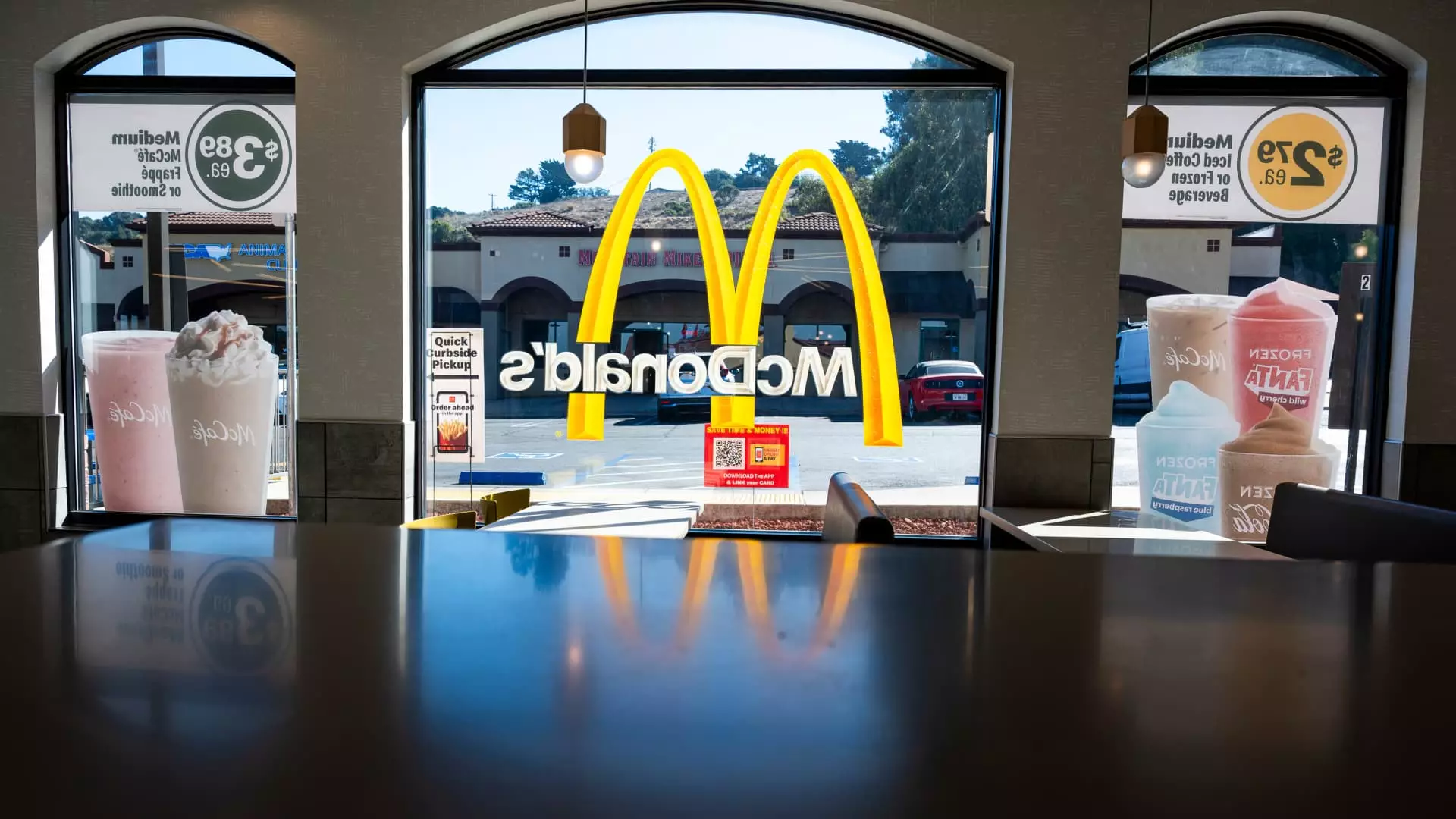The restaurant sector has navigated numerous challenges in recent years, but as we look ahead to 2025, industry executives express renewed optimism despite the shadows cast by 2024. This year has been marked by significant obstacles, including rising bankruptcy filings and declining traffic, but a promising shift may be on the horizon. The sentiment among leaders, such as Kate Jaspon, CFO of Inspire Brands, underscores the collective eagerness to turn the page on what has been a tumultuous period.
The difficulties faced by restaurants throughout 2024 have been stark. Reports indicate that bankruptcy filings surged more than 50% compared to the previous year, and established restaurants experienced consistent drops in customer visits month after month. In the face of a struggling economy and changing consumer habits, major chains, including McDonald’s and Starbucks, have reported disappointing sales, raising alarms about the health of the sector. The data gathered by Black Box Intelligence illustrates a distressing trend, further highlighting the uncertainty that has plagued the industry.
However, not all is bleak. There are signs that consumer enthusiasm for dining out might be resurfacing. For instance, sales from fast-food establishments showed a rise of 2.8% in October when compared to the previous year. This incremental improvement indicates a potential shift in consumer behavior and confidence, and certain restaurant groups, like Burger King’s parent company, have reported a resurgence in same-store sales.
As the year progresses, there are reasons to be cautiously optimistic. A notable factor contributing to this optimism is the recent decline in interest rates. The Federal Reserve’s decision to implement consecutive rate cuts has made financing for new restaurant locations more accessible. For restaurant operators, including Shake Shack, this means that the barriers to expansion are lowering. CFO Katie Fogertey expressed that a reduction in borrowing costs could enhance consumer confidence and indirectly influence spending patterns, even at a modest burger joint.
Indeed, the psychology of consumer behavior plays a crucial role here; lower interest rates instill optimism in potential customers, motivating them to spend slightly more on dining experiences. This strategy is already visible in the upward trajectory of Shake Shack’s same-store sales, despite lingering consumer caution.
Amidst evolving market conditions, there appears to be a revival in restaurant valuations, hinting at the potential for initial public offerings (IPOs) in the near future. Recent comments from industry experts reveal a growing anticipation that upcoming months could see major players take the plunge and go public. This change is critical, especially since major IPOs have been scarce following Cava’s impressive market debut over a year ago.
While companies are preparing for possible public offerings, it is essential to temper expectations with the understanding that significant roadblocks remain. For instance, Panera Bread has yet to finalize its own IPO, which indicates an ongoing reluctance among some chains to embrace the open market under current conditions.
Yet, not every restaurant operator shares the same level of optimism. For chains such as Portillo’s, the clouds of uncertainty continue to loom large. Falling same-store sales across three consecutive quarters indicate that even established brands can struggle to capture dining traffic in this challenging climate. The competition for customer attention has intensified, leading to what can be termed “value wars” – where chains, like McDonald’s, continuously extend their discount offerings.
As 2025 approaches, it is likely that price competition will remain fierce, impacting profitability while pushing chains to rethink their strategies. Many are wary of relying solely on discounts to attract customers, recognizing that this approach could spell disaster in the long term.
The path forward for the restaurant sector is rife with potential yet filled with challenges. While signs of recovery and enthusiasm for 2025 are on the rise, the reality remains that the industry must adapt to a new normal shaped by consumer behavior shifts, economic pressures, and intensifying market competition. The coming year will require innovative strategies, resilience, and a keen understanding of both emerging opportunities and ingrained threats. For industry leaders, the urgency to pivot and prepare for the future is now more important than ever as they grapple with the duality of hope and uncertainty.

Leave a Reply